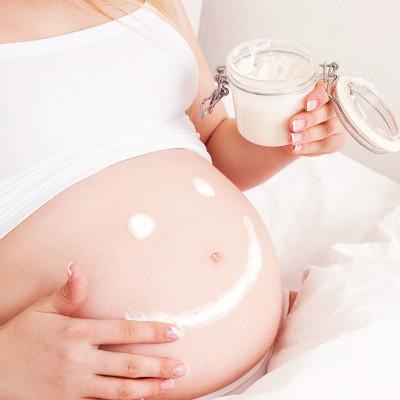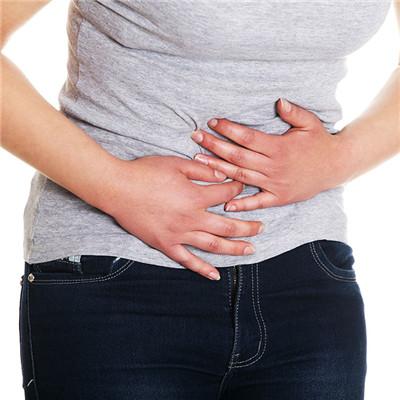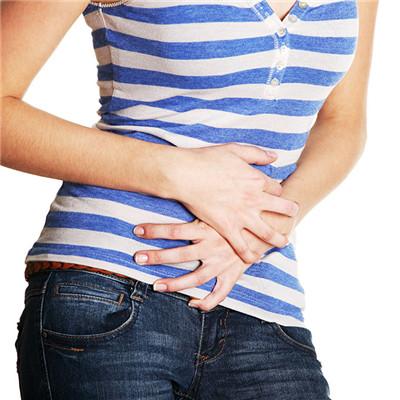Does darling ureter malformation symptom?
summary
Ureteral malformation is one of the most common urinary system malformations, female than male, often bilateral, divided into incomplete and complete two categories. Most of incomplete ureters have no clinical symptoms. Complete double ureteral malformation has two ureteral buds, forming two completely independent ureters and renal pelvis. Both ureters open to the bladder or one opens to the bladder, and the other ectopic opens to the urethra or outside the urinary system. Most of them have symptoms of urinary tract infection. Does darling ureter malformation symptom? Let's talk about it
Does darling ureter malformation symptom?
Congenital megaureter: functional obstruction caused by primary neuromuscular dysplasia at the end of ureter, resulting in ureteral dilatation. Male multiple, can occur unilateral (left) or bilateral (20%). Patients with urinary tract infection, stones and hematuria, pyuria and other symptoms for urography found that bilateral lesions can lead to renal failure.

Ureteral orifice cyst or stricture: the lower end of the ureter is cystic dilated and bulged into the bladder or posterior urethral cavity, which is called ureteral orifice cyst. It is caused by congenital dysplasia. Most of the patients with ureterocele and normal ureter are adult patients. If they are not complicated with calculi, the symptoms are mild. Ureterocele with duplication of ureter or ectopic ureteral orifice usually causes severe obstruction and infection, which is found in infants. Large cysts can cause bladder neck obstruction when urinating, some cysts fill the bladder muscle cavity, or even out of the female urethral orifice, like tumor.
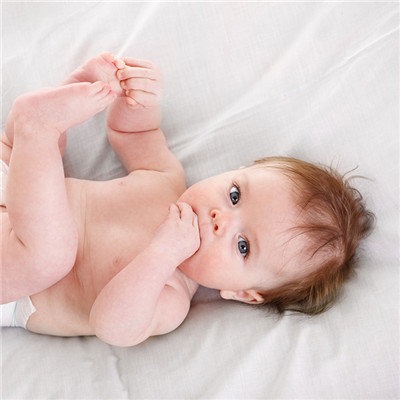
Ectopic ureteral orifice (hypospadias): it is still controlled by the external sphincter and will not cause urinary incontinence, but it often causes upper urinary tract dilatation and infection due to ureteral reflux. In women, ectopic ureteral orifice is often controlled by the external sphincter and will cause urinary incontinence. In addition to urinary incontinence, these women also had normal urination, because the bladder still received urine from the ureter. Therefore, for women with urinary incontinence and normal urination, the vestibule and vagina should be examined to find the ectopic opening of ureter, and retrograde radiography should be performed through this intubation.
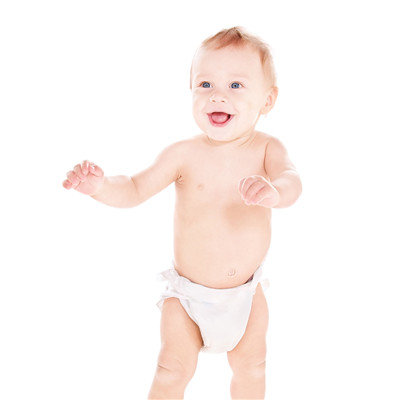
matters needing attention
Should eat light and digestible food, fresh vegetables and appropriate amount of fruit, appropriate drinking water. Pay attention to balanced diet. Avoid overeating and eating unclean food. Avoid seafood, beef, mutton, spicy food, wine and all hair, such as: spiced ingredients, coffee, coriander, etc. Avoid all supplements, tonics and easy to burn food, such as: pepper, reason, chocolate, etc.





